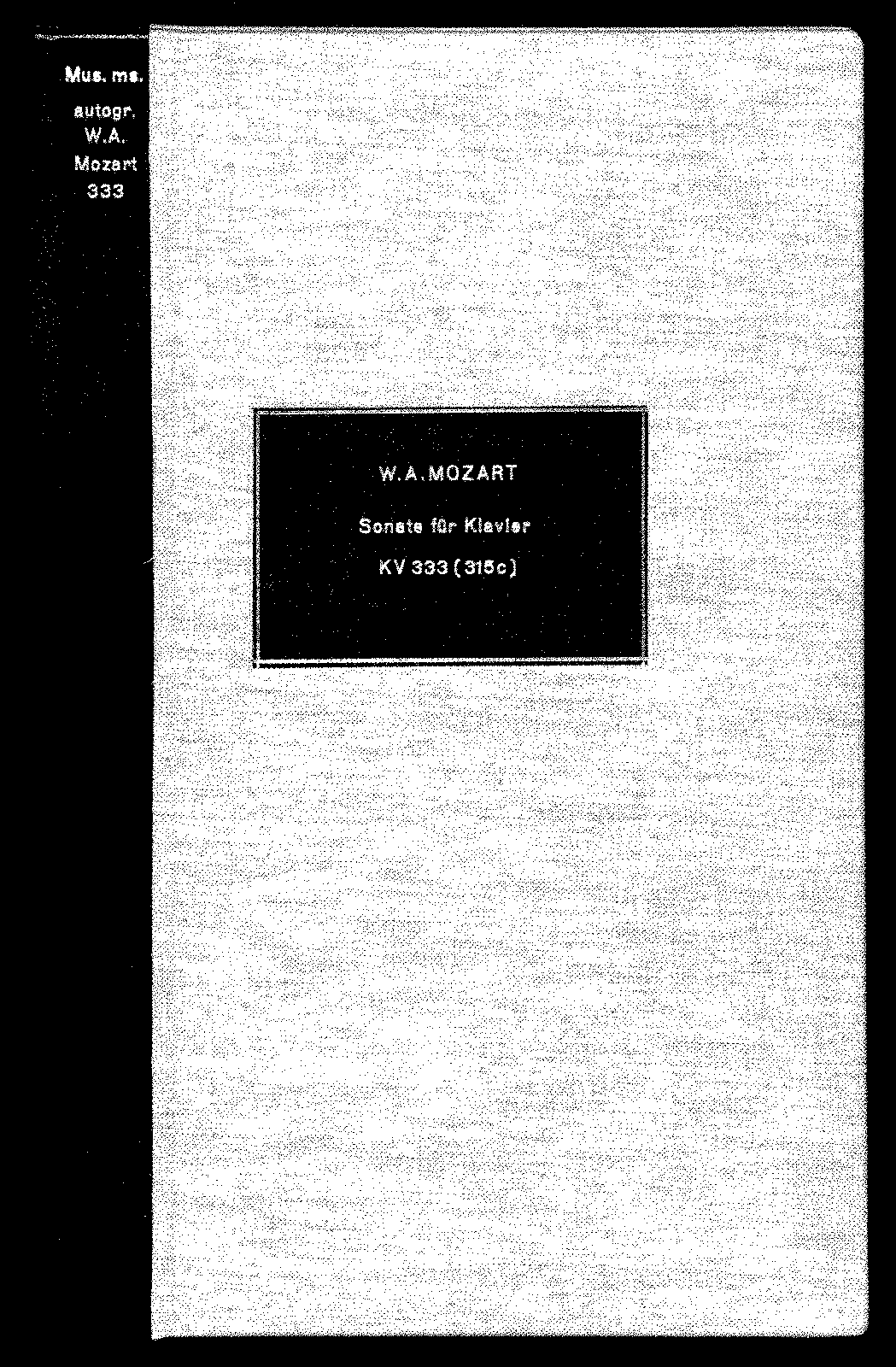

Pairing a simple homophonic melody with simple accompaniment makes it easier to anipulate the theme in the coming variations. Adhering to classical style, he uses chords built on diatonic pitches and resolves dissonances quickly. The tender melody Mozart presents in these first 18 bars is simple, with a lot of stepwise motion and small leaps. Other than that, each movement follows the same binary form. Each movement follows the same structure except variation VI, in which the final repeat cadences and then continues to an 8-measure coda. After this he returns to the original melody for four bars, and ends the phrase on a root position imperfect authentic cadence.įollowing is a 2-measure extension, ending with a cadential 6/4 to give a strong perfect authentic cadence. In the second period, Mozart introduces new material, developing the long-short motive for four measures and continuing to a half cadence. This forms what is called a “period,” where we have two similar phrases connected by a half cadence. There are two 4-bar phrases, the first ending on a half cadence and the second on a perfect authentic cadence, that repeat. This movement presents the theme in the first 18 measures as seen in Fig. More frequently, the first movement would be in sonata form. This form is characteristic of many solo sonatas however, it is atypical for a first movement of a classical sonata. The overall form of this movement is theme and variation. The following explores the basic form of the piece, melodic and harmonic structure, as well as examination of methods used to vary the theme. This paper concerns the second of the three: Sonata in A major, K. These pieces were most likely composed for Mozart’s pupils in Vienna, who were a significant source of income for him at the time. Mozart would eventually travel throughout Europe with his musical family however, it was in Salzburg that he would compose three piano sonatas in 1783.

His father described his son as a gift from God, and Leopold nurtured Wolfgang’s talents as such. Mozart showed promise in music from an early age, prompting his father to assume the role as his instructor. 331: First Movement Classical composer Wolfgang Amadeus Mozart was born to Leopold and Anna Maria Mozart in 1756 in Salzburg, Austria (then the Holy Roman Empire of the German Nation).


 0 kommentar(er)
0 kommentar(er)
